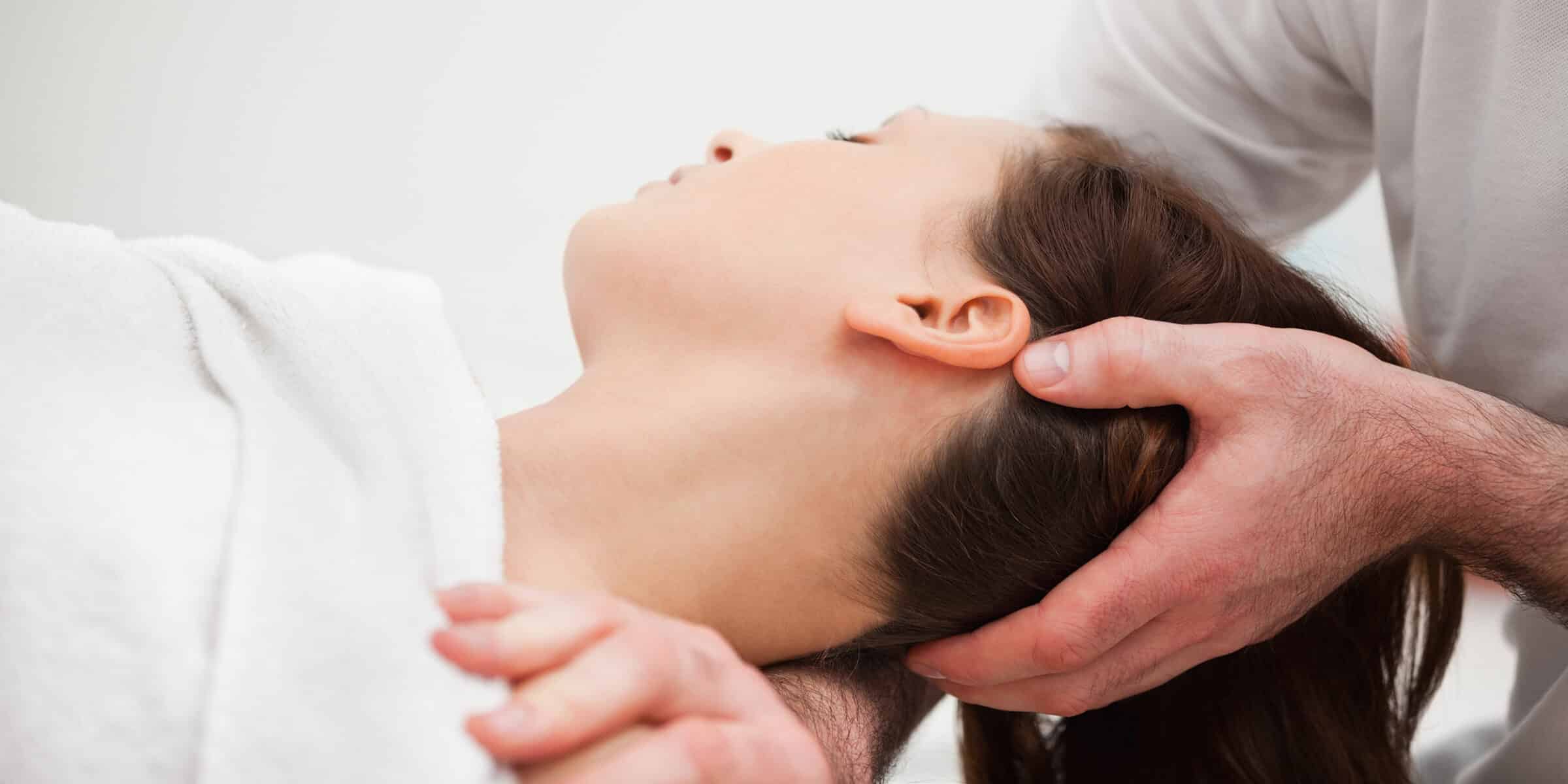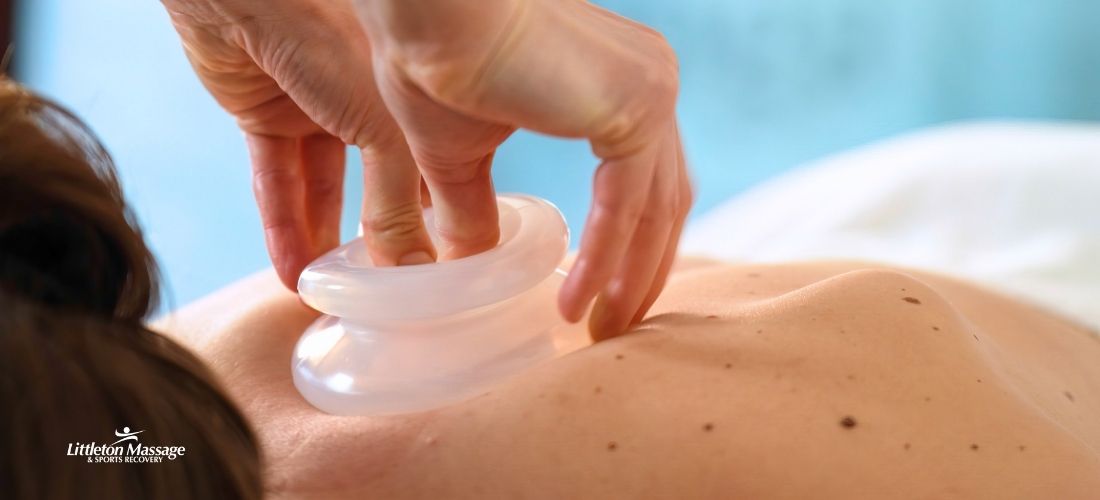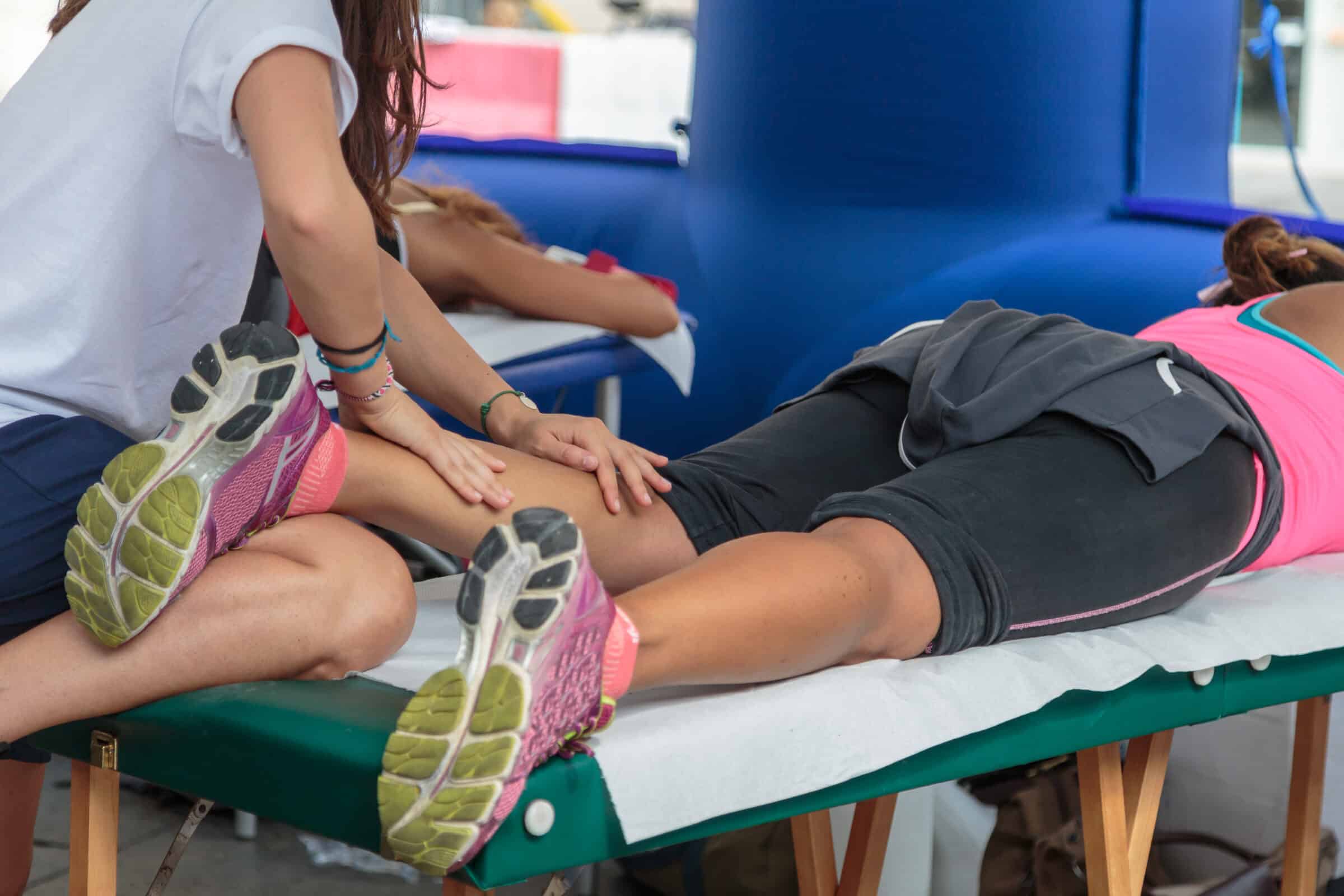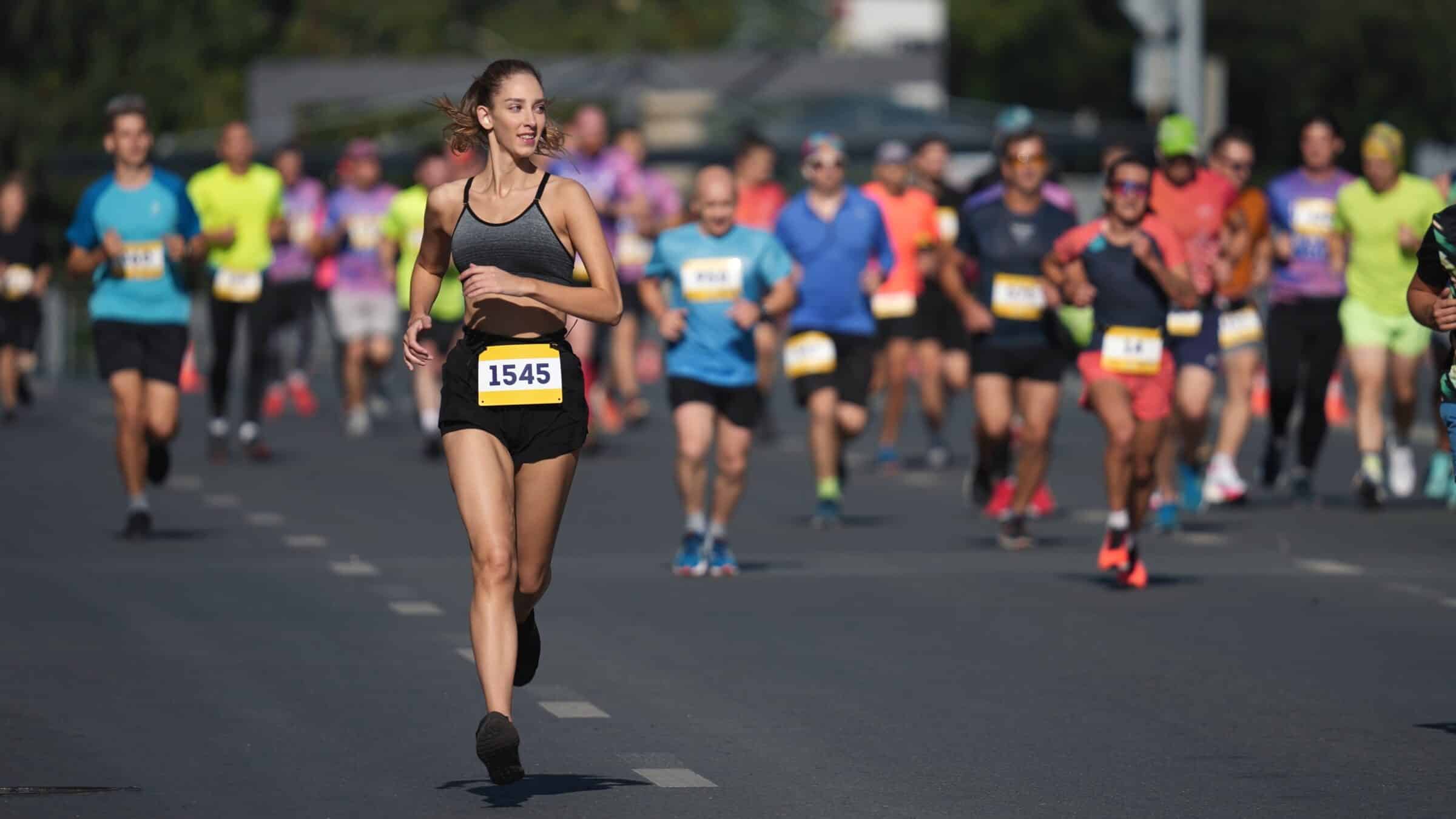Craniosacral Therapy, or cranial sacrum, is a holistic approach to enhancing well-being. It is a gentle, hands-on approach that aims to enhance the body’s natural healing abilities. By focusing on the craniosacral system, this therapy addresses imbalances and restrictions that may affect overall health and well-being. In this article, we will explore what craniosacral therapy is, who may benefit from it, and how it offers unique benefits compared to massage alone.
Are Craniosacral, Cranial Sacrum, or Cranial Sacral Therapy the Same Thing?
Yes, craniosacral therapy, cranial sacral therapy, and cranial sacral therapy all refer to the same hands-on healing approach aimed at restoring balance to the craniosacral system.
Understanding Cranial Sacrum Therapy
To define craniosacral therapy, often abbreviated as CST, it’s a holistic healing modality that focuses on the craniosacral system, which includes the central nervous system. Cranial sacrum therapy involves the application of light touch to various parts of the body, particularly the head, spine, and pelvis. The therapy evaluates and addresses imbalances in the craniosacral system, which encompasses the membranes and cerebrospinal fluid surrounding the brain and spinal cord. Practitioners believe that by manipulating this system, they can promote healing, alleviate physical and emotional issues, and support the body’s self-healing mechanisms.
Who Can Benefit from Cranial Sacral Therapy?
Cranial sacral therapy can be beneficial for a wide range of individuals seeking a holistic approach to their health and well-being. It may be particularly helpful for those experiencing chronic pain, stress-related conditions, migraines or headaches, musculoskeletal disorders, or emotional imbalances. Additionally, individuals looking for relaxation, improved overall body function, or support for their body’s self-healing mechanisms may also consider craniosacral therapy.
Craniosacral Therapy for Migraines
More than one billion individuals across the world suffer from migraines each year. Craniosacral massage has proven applications to reduce or rid people from migraines, therefore is a popular and effective massage for migraines technique.
Craniosacral Therapy Techniques
In craniosacral therapy, practitioners utilize a variety of gentle techniques to address imbalances and promote healing within the craniosacral system. These techniques involve subtle touch and manipulation of the bones, tissues, and membranes surrounding the brain, spinal cord, and sacrum.
Gentle Touch
Cranial Sacral therapy is characterized by its gentle touch, which involves applying light pressure to specific areas of the body, including the skull, spine, and pelvis. Practitioners use their hands to detect subtle movements and rhythms within the craniosacral system.
Manipulation of Bones and Tissues
During a session, the practitioner may gently manipulate the bones of the skull, spine, and pelvis to release restrictions and tension. This manipulation aims to improve the flow of cerebrospinal fluid and restore balance to the body’s natural rhythms.
Subtle Movements
The techniques used in cranial sacral therapy are highly subtle and precise. Practitioners work with the body’s inherent rhythms, listening carefully to the subtle movements and fluctuations within the craniosacral system. By tuning into these rhythms, they can identify areas of tension or restriction and facilitate their release.
Release of Restrictions
One of the primary goals of craniosacral therapy is to release restrictions within the craniosacral system. These restrictions may arise due to physical trauma, emotional stress, or other factors, leading to symptoms such as pain, discomfort, or dysfunction. Through gentle manipulation and touch, practitioners help to release these restrictions, allowing the body to return to a state of balance and harmony.
Restoring Balance
By releasing restrictions and promoting the flow of cerebrospinal fluid, cranial sacral therapy helps to restore balance to the craniosacral system. This balance is essential for overall health and well-being, as it allows the body’s natural healing mechanisms to function optimally.
Unique Benefits of Cranial Sacrum Therapy
- Focus on the craniosacral system: Unlike deep tissue massage, craniosacral therapy specifically targets the craniosacral system. By addressing the membranes and cerebrospinal fluid, this therapy aims to alleviate restrictions and imbalances that may impact overall health and well-being.
- Subtle and gentle approach: Cranial sacral therapy utilizes light touch and gentle techniques, focusing on the body’s subtle rhythms and responses. This gentle approach may be well-suited for individuals who prefer or require a lighter touch or who may be more sensitive to pressure.
- Holistic perspective: Craniosacral therapy considers the interconnectedness of the body, mind, and spirit. Practitioners view the body, addressing not only physical symptoms but also emotional and energetic aspects. This holistic perspective can be valuable for individuals seeking a comprehensive approach to their well-being.
How to Prepare for Before and After Craniosacral Therapy
Before your craniosacral therapy session, taking some preparatory steps can enhance your overall experience and optimize the benefits of the treatment.
Before Your Session :
- Wear Comfortable Clothing: Choose loose, comfortable clothing for your session to ensure ease of movement and relaxation. Avoid tight-fitting clothes or restrictive garments that may cause discomfort during the session.
- Arrive Well-Rested: Prioritize getting a good night’s sleep before your appointment. Adequate rest can help you feel more relaxed and receptive to the therapy, enhancing its effectiveness.
- Hydrate: Drink plenty of water in the hours leading up to your session to ensure proper hydration. Hydration supports the body’s natural detoxification processes and helps optimize the flow of cerebrospinal fluid during the therapy session.
- Communicate with Your Practitioner: Before the session begins, communicate any specific concerns, goals, or areas of focus with your cranial sacrum therapy practitioner. This allows them to tailor the treatment to your individual needs and preferences.
- 5. Relaxation Techniques: Practice relaxation techniques such as deep breathing or meditation before your appointment to help calm your mind and prepare your body for the session. Relaxation can enhance the effectiveness of the therapy and promote a deeper sense of relaxation during the treatment.
After Your Session:
- Hydration: After your craniosacral therapy session, continue to drink plenty of water to support the body’s natural healing processes and aid in the elimination of toxins released during the treatment.
- Relaxation: Take some time to rest and relax after your session to allow the effects of the therapy to integrate fully into your body and mind. Avoid strenuous activities or stressful situations immediately following the treatment.
- Gentle Movement: Engage in gentle movement or stretching exercises to help release any residual tension and promote circulation throughout the body. Listen to your body’s cues and avoid overexertion.
- Self-Care Practices: Incorporate self-care practices such as taking a warm bath, practicing mindfulness, or enjoying a soothing cup of tea to further enhance your relaxation and well-being after your cranial sacral therapy session.
By following these guidelines for preparation and aftercare, you can maximize the benefits of your cranial sacral therapy session and support your overall health and wellness journey.
Are There Any Craniosacral Therapy Dangers?
Craniosacral therapy is generally considered safe when performed by a trained and experienced practitioner. However, some people may experience mild side effects such as temporary soreness or fatigue after a session.
Embracing Balance and Wellness with Craniosacral Therapy
Craniosacral therapy offers a gentle, hands-on approach to enhancing well-being and supporting the body’s natural healing abilities. By focusing on the craniosacral system, this therapy aims to address imbalances and promote optimal functioning. Sometimes, the therapy may be referred to interchangeably using either “craniosacral” or “cranial sacral,” but they pertain to the same treatment technique. While both craniosacral therapy and deep tissue massage have their own unique benefits, craniosacral therapy offers a distinct approach that may be particularly suited for individuals seeking a holistic perspective, gentle techniques, and targeted attention to the craniosacral system. It is important to consult with a qualified therapist to determine if this therapy is suitable for your specific needs and to ensure it complements any other medical or therapeutic treatments you may be receiving. Book a visit, ask questions, or come see what those little circles can do for your recovery.




